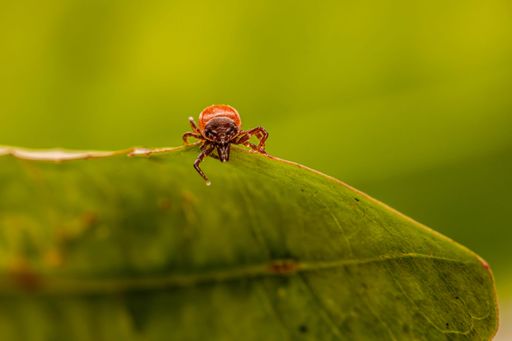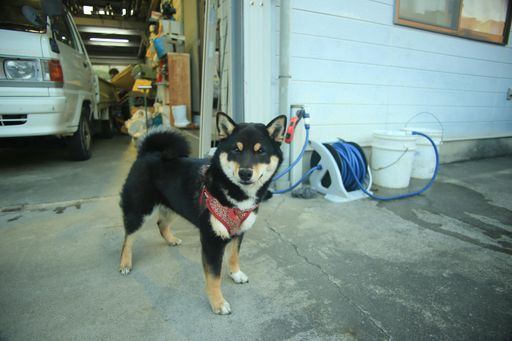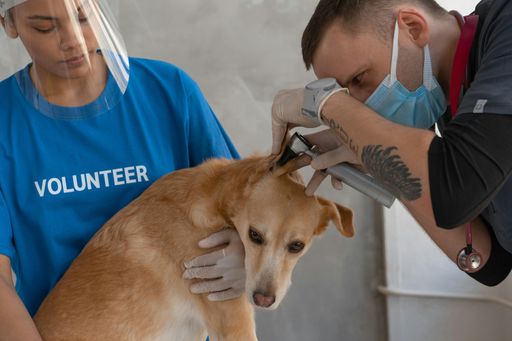Owners commonly use food as a reward for their pets, but this might be leading to a dangerous trend: pet obesity. Unaware of the risks of keeping their animal companions overweight or obese, pet owners are unknowingly endangering their pets’ health.
As much as 59.5 percent of cats and 55.8% of dogs are classified as obese or overweight. Around the world, pet obesity rates range between 22 and 44 percent and rates appear to be rising. Cute memes of overweight fur babies could be normalizing obesity and encouraging owners to ignore the serious health implications of these extra pounds.

Extra weight can lead to health concerns
Rotund and chunky cats and dogs might look cute, but even a pound or two of extra weight can lead to concerning health consequences. Veterinary experts are in agreement when it comes to the health implications of being obese or overweight.
Obesity has been classified as a disease in dogs because it increases the likelihood of conditions such as osteoarthritis, diabetes, and some types of cancer. Overweight pets might have shortened lifespans and lower quality of life. Overweight pets could be at greater risk of respiratory distress, heat intolerance, hypertension, liver disease, and lowered immune system function. Obesity can result in lasting damage to internal organs, bones, and joints.
So what’s driving the trend toward pet obesity? While factors such as thyroid issues and neutering can increase the likelihood of being overweight, in most cases it’s due to lifestyle causes: diet and exercise.
Pet owners might not have a clear understanding of their pets’ nutritional requirements. For example, did you know that dogs, on average, need about 30 calories per pound of body weight per day to maintain their current weight?
Keeping your pet exercised is paramount
Oversized portion sizes, too much snacking in between meals, and feeding too often could be contributing to the obesity epidemic in pets. Giving a pet an extra snack or two in between meals might not seem like much, but over the course of months and years, this extra nutritional intake could add up to significant weight gain.
Combined with insufficient exercise, these additional calories could be raising the risk of all kinds of health conditions. Weight gain, destructive behavior, and becoming withdrawn could be signs your dog isn’t getting enough physical activity. Different breeds, the animal’s age, and health status will affect how much exercise is optimal for pets. For example, senior dogs will need less exercise and a different diet to puppies. Owners should check with their vets to work out how much exercise is right for their animal companion.
Strategies for combating the growing pet obesity crisis include making sure owners understand the serious implications of overweight pets. Vets also have an important role to play in keeping owners informed and monitoring pet body weights with regular consultations. By regularly tracking pet weight, vets and owners have a better chance of preventing overweight and obesity. Pet insurance offers an affordable way to manage the costs of veterinary advice and care for obese pets. Not to mention, exercising your pet can have significant health benefits for people too, including seniors.
Snacking and human foods
Owners with obese pets should carefully track their pets’ diets, including how many treats their animal family members are getting. Resist the temptation to give in to your dog’s puppy eyes and feed them scraps from your plate.
Additionally, keep snacks to a minimum throughout the day. If you feed your pet food or kibble, ask your vet for input on how much to feed. Recommended portion sizes can vary between breeds, dog size, and other factors, so don’t just follow the manufacturer’s instructions but consult with your vet too. Many health-forward fresh food deliver perfectly portioned meals personalized for your dog’s health and weight goals. If you cook your pet’s meals from scratch, ask your vet for guidelines on portion size.
For dogs, more walks and time at the park could be enormously beneficial. Obese dogs could start out on swimming, light walking, and other forms of exercise that won’t strain their joints. Cat walking generally isn’t recommended, but allowing your cats to go out if appropriate and giving them plenty of toys at home can keep them active and stimulated. Consider giving overweight cats perches and motorized toys, along with plenty of room to move around at home. If you’re thinking of switching up your cat’s diet and your cat suffers from a sensitive stomach or is approaching her golden years, make sure to speak to your veterinarian first, who may recommend supplementing the dietary change with probiotics.
Final thoughts
Owners and vets play the most critical roles in ensuring a healthy weight range in pets. Vets should take a proactive approach to monitor pet weight from the first consultation and throughout the pet’s life. Vets should be active partners in encouraging pet owners to control their pet’s weight.
In the case of an obese animal, the vet should offer a personalized program for weight reduction beyond general advice such as feeding less and exercising more. Homemade pet food may also be recommended so you know what you’re putting into their food. Specific advice for owners, with detailed nutritional recommendations, can help owners cut through the conflicting information and overwhelming choices and make effective choices about managing their pet’s weight.



















